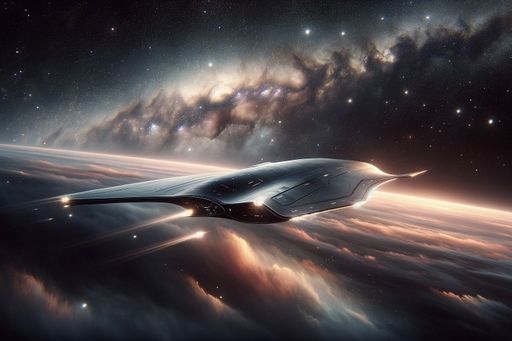Curiosity Rover Captures Stunning Animated Images of Martian Landscape
NASA's Curiosity rover has posted two animated images capturing the Martian landscape over a 12-hour period, providing a glimpse of one Martian day. The images show the rover's own shadow in the foreground, giving the impression of a sundial. The photos were taken on November 8th from the Gediz Vallis Ridge, where Curiosity recently arrived after years of exploration. NASA scientists were hoping to capture weather phenomena such as clouds or dust devils but did not succeed. However, the stitched images still showcase a stunning Martian day and Curiosity's presence during it.

Animated Images of Martian Landscape
NASA's Curiosity rover has shared two animated images of the Martian landscape, providing a snapshot of one Martian day. The images were taken from sunrise to sunset and showcase the rover's own shadow in the foreground. It gives the impression of a sundial, as tweeted by the official Curiosity account.
The photos were captured on November 8th using the rover's front and rear Hazard-Avoidance Cameras. They were taken from the Gediz Vallis Ridge, a recent destination for Curiosity. The images offer a stunning view of the Martian terrain and showcase the rover's ongoing exploration.
While NASA scientists had hoped to capture weather phenomena such as clouds or dust devils, the images do not showcase these. However, they still provide a captivating glimpse into a Martian day and the presence of the Curiosity rover.
Curiosity's Journey on Mars
Curiosity's latest photos were captured during its ongoing climb of Mount Sharp in Gale Crater, a journey that started in 2014. The images were taken from the Gediz Vallis Ridge, a significant stop for the rover. The view in the photos is looking southeast and northwest from the ridge.
The rover's front and rear Hazard-Avoidance Cameras, or hazcams, were used to capture the images. These cameras not only help the rover identify obstacles and difficult terrain, but also provide breathtaking images of Mars. The recording of the images was commanded before the Mars solar conjunction, a two-week period when communication between Mars and Earth is disrupted.
Despite not capturing desired weather phenomena, the stitched images serve as a testament to Curiosity's journey on Mars and its presence within the Martian landscape.
Technical Details and Challenges
The images recorded by Curiosity showcase interesting technical details and challenges. As the Martian sky brightens during sunrise, the rover's 7-foot robotic arm's shadow moves to the left. The rover's front wheels also emerge from the darkness, becoming visible in the images.
Moreover, a circular calibration target mounted on the shoulder of the robotic arm can be seen in the images. This target is used by engineers to test the accuracy of the Alpha Particle X-ray Spectrometer, an instrument that detects chemical elements on the Martian surface.
Throughout the day, the exposure times of the front Hazcam vary, settling on around one-third of a second during the middle of the day and increasing to over a minute by nightfall. The longer exposure at night causes sensor noise known as 'hot pixels,' which appear as white snow in the final image. Additionally, dust on the camera lenses is visible in the images, a result of Curiosity's 11-year journey on Mars.



